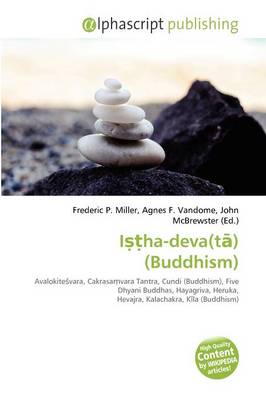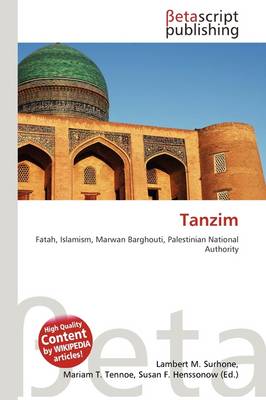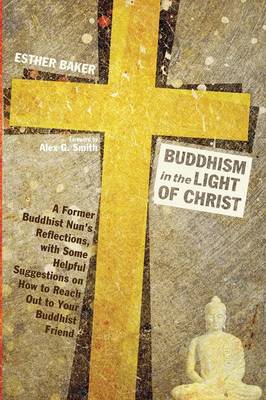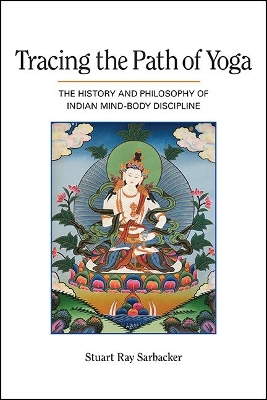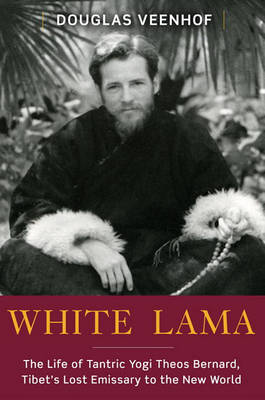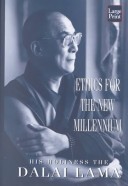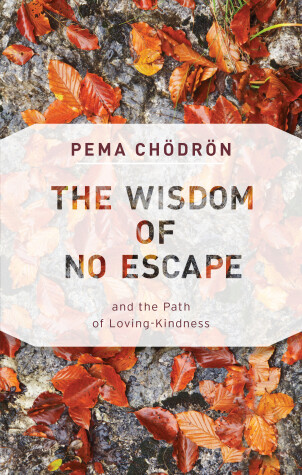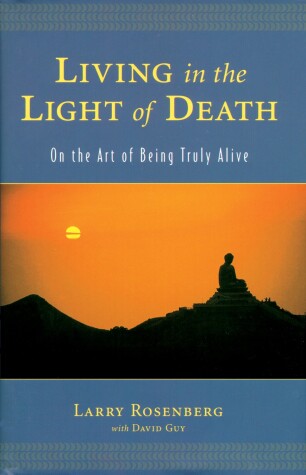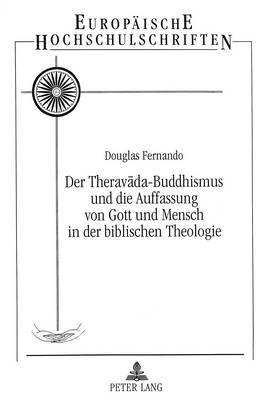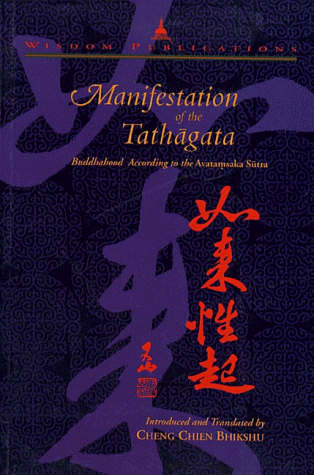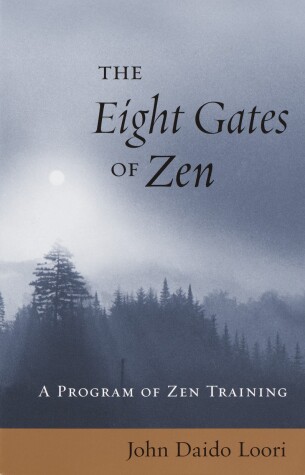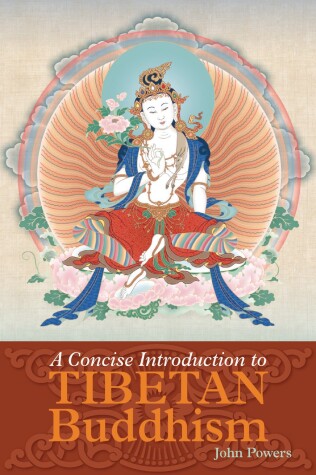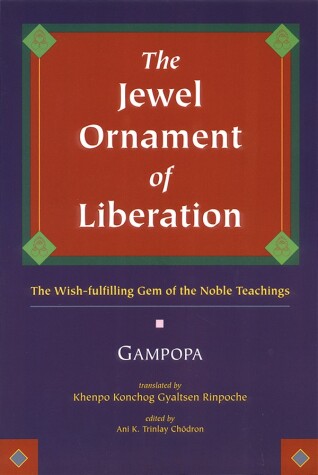“True religion,” the great Japanese teacher Taisen Deshimaru wrote, “is not esoteric or mystical, it is not an exercise in well-being or gymnastics. True religion is the highest Way, the absolute Way: zazen.” Here, Deshimaru, the author of True Zen, offers practical suggestions for developing unitary mind-body consciousness through the principles of zazen (translated literally as "seated meditation"). Advice is given on posture, breathing, and concentration, and concepts such as karma and sato...
"Buddhism's influence is growing in the West, as seen in the widespread use of ''Buddhist mindfulness apps'' in people's attempts to unwind, or the casual use of words like ''nirvana'' and ''karma'' that have crept into the English language. Whether we meet it in the East or West, what is Buddhism? What is at the heart of its teachings? How does Buddhism differ from Christianity, and are they compatible? Through a collection of true short stories and testimonies, Buddhism in the Light of Christ-...
When Theos Bernard first arrived in Tibet with a traders' caravan he was welcomed as a God and given unheard-of access to shrines and monasteries, as well as full initiation as a Lama of the Gelugpa sect. He shot over 10,000 ft of film of people, places and secret ceremonies and was given a caravan of 147 yaks loaded with the finest editions of the most important Buddhist scriptures, which he sent back to America. These books now form a precious collection and are divided between Harvard and Yal...
The “down-to-earth, unsentimental, [and] high-humored” Pema Chödrön classic on learning to face our lives just as they are (Los Angeles Times) It's true, as they say, that we can only love others when we first love ourselves—and we can only experience real joy when we stop running from pain. The key to understanding these truisms is simple but not easy: we must learn to open ourselves up to life in all its manifestations. Here, spiritual teacher and When Things Fall Apart author Pema Chödrön p...
This book presents the Buddhist approach to facing the inevitable facts of growing older, getting sick, and dying. These tough realities are not given much attention by many people until midlife, when they become harder to avoid. Using a Buddhist text known as the Five Subjects for Frequent Recollection, Larry Rosenberg shows how intimacy with the realities of aging can actually be used as a means to liberation. When we become intimate with these inevitable aspects of life, he writes, we also be...
Das Aufeinandertreffen verschiedener Religionen, Ideologien oder religios-philosophischer Anschauungen in dieser Welt fuhrt nicht selten zu Hass, Gewalt und Trennung. Die Arbeit soll am Beispiel von Buddhismus und Christentum die Notwendigkeit und Bedeutung eines interreligiosen Dialogs in der heutigen Zeit verdeutlichen und ein Anstoss fur die Entwicklung einer Meta-Spiritualitat, Meta-Religionsphilosophie und Meta-Theologie sein. Zu diesem Zweck wurde im ersten Teil der Arbeit die Entwicklung...
This accessible introduction to the philosophy and practice of Zen Buddhism includes a program of study that encompasses practically every aspect of life. The American Zen teacher John Daido Loori shows us that Zen practice should include not only meditation, the study of Zen literature and liturgy, and moral and ethical action, but should also manifest in work, artistic, and everyday activities. The Eight Gates are: 1. Zazen, a type of meditation described as "sitting Zen" 2. Fa...
Lucid and economical, this introductory text delivers a brisk, fast-moving survey of Tibetan Buddhism. For many years Powers's nearly 600-page Introduction to Tibetan Buddhism has served as the field's most authoritative and comprehensive overview of Tibet's distinctive Buddhist tradition. A Concise Introduction to Tibetan Buddhism explains the core Buddhist doctrines and the practices of meditation and tantra and provides a survey of the four main schools of Tibetan Buddhism.
A masterwork of Tibetan Buddhism—providing the complete foundation for study and practice—from beginning to Buddhahood. Includes teachings on Buddha-nature, finding the spiritual master, impermanence, karma, cultivation of bodhicitta, development of the six perfections, the ten bodhisattva bhumis, Buddhahood, and the activities of the Buddha.
Tibetan Thangka Painting is the only detailed description of the techniques and principles of the sacred art of Tibetan scroll painting. It is the distillation of research carried out over a period of ten years, collected during five journeys to Nepal and India, and compiled from some twenty traditional painters. This book presents, step-by-step, the techniques used to make a thangka from the preparation of the canvas to the final application of the sacred syllables behind each completed figure....
